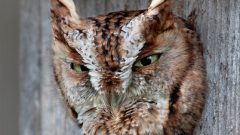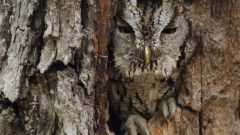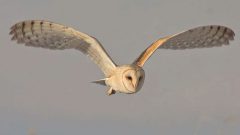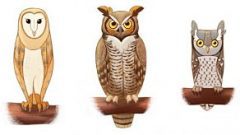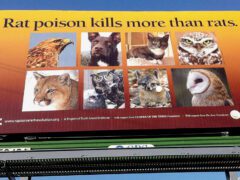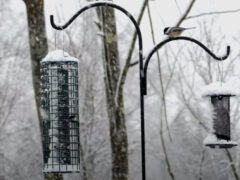Eastern Screech-Owl Photo Gallery
Adult gray morph (McCall's)
Small, with short ear tufts and a dark bill. Gray overall, with dark vertical streaks and fine dark barring. Yellow eyes often hard to see during the day. The McCall's form in southern Texas and northern Mexico has a pale bill, and lacks a red morph.
© dean anderson / Macaulay LibraryTexas, September 10, 2020Adult red morph (Northern)
Red morph is bright reddish brown with darker vertical streaks and some white feathering on the underparts.
© Daniel Irons / Macaulay LibraryMaryland, October 05, 2018Adult gray morph (Northern)
A small, large-headed owl with prominent ear tufts. Occurs in both gray and red morphs. Males and females both sing, giving a mellow tremolo (heard here) and a shrill, descending whinny.
© Daniel Jauvin / Macaulay LibraryQuebec, March 19, 2021Not all videos have soundAdult brown morph (Northern)
Brown morph is grayish brown overall with dark streaks and some white feathering on the underparts. Some birds have a pale bill.
© Nick Dorian / Macaulay LibraryFlorida, March 20, 2017Juvenile (Northern)
Juveniles are fluffy and gray with very fine barring throughout.
© Judy Fairchild / Macaulay LibrarySouth Carolina, May 09, 2017Adult red morph (Northern)
Typically sleeps during the day with feathers pressed against edge of roost hole to create excellent camouflage. Red morph is rich reddish brown with vertical streaks.
© Brad Imhoff / Macaulay LibraryOhio, January 11, 2021Not all videos have soundAdult red morph (Northern)
Nests in cavities, including artificial nest boxes.
© Tyler Ficker / Macaulay LibraryOhio, May 06, 2017Adult gray morph (Northern)
Usually occurs in well-wooded habitats, and roosts in cavities.
© Jay McGowan / Macaulay LibraryNew York, February 08, 2012Adult red morph (Northern) with chick
Nests and roosts in tree cavities and nest boxes.
© Thomas Haycraft / Macaulay LibraryVirginia, May 07, 2023Not all videos have soundJuveniles (Northern)
Juveniles are fluffy and finely barred. They often move from nest to nearby branches before they can fly (a behavior known as "branching").
© Jay McGowan / Macaulay LibraryNew York, June 17, 2014Not all videos have soundDon't miss a thing! Join our email list
The Cornell Lab will send you updates about birds,
birding, and opportunities to help bird conservation.



















